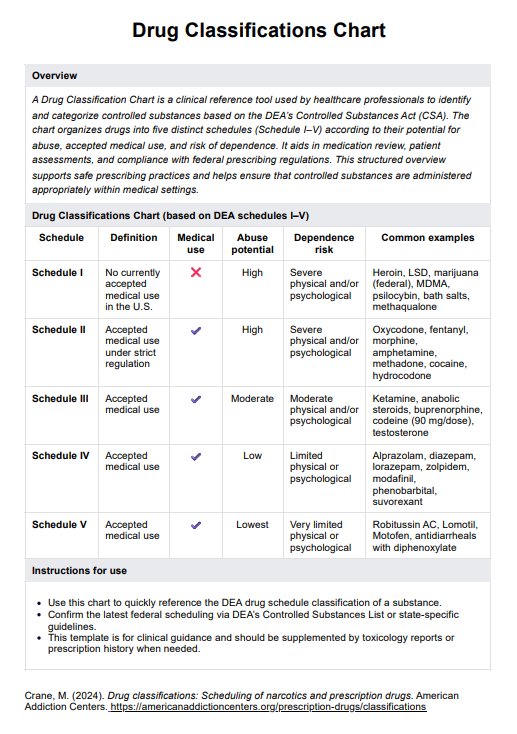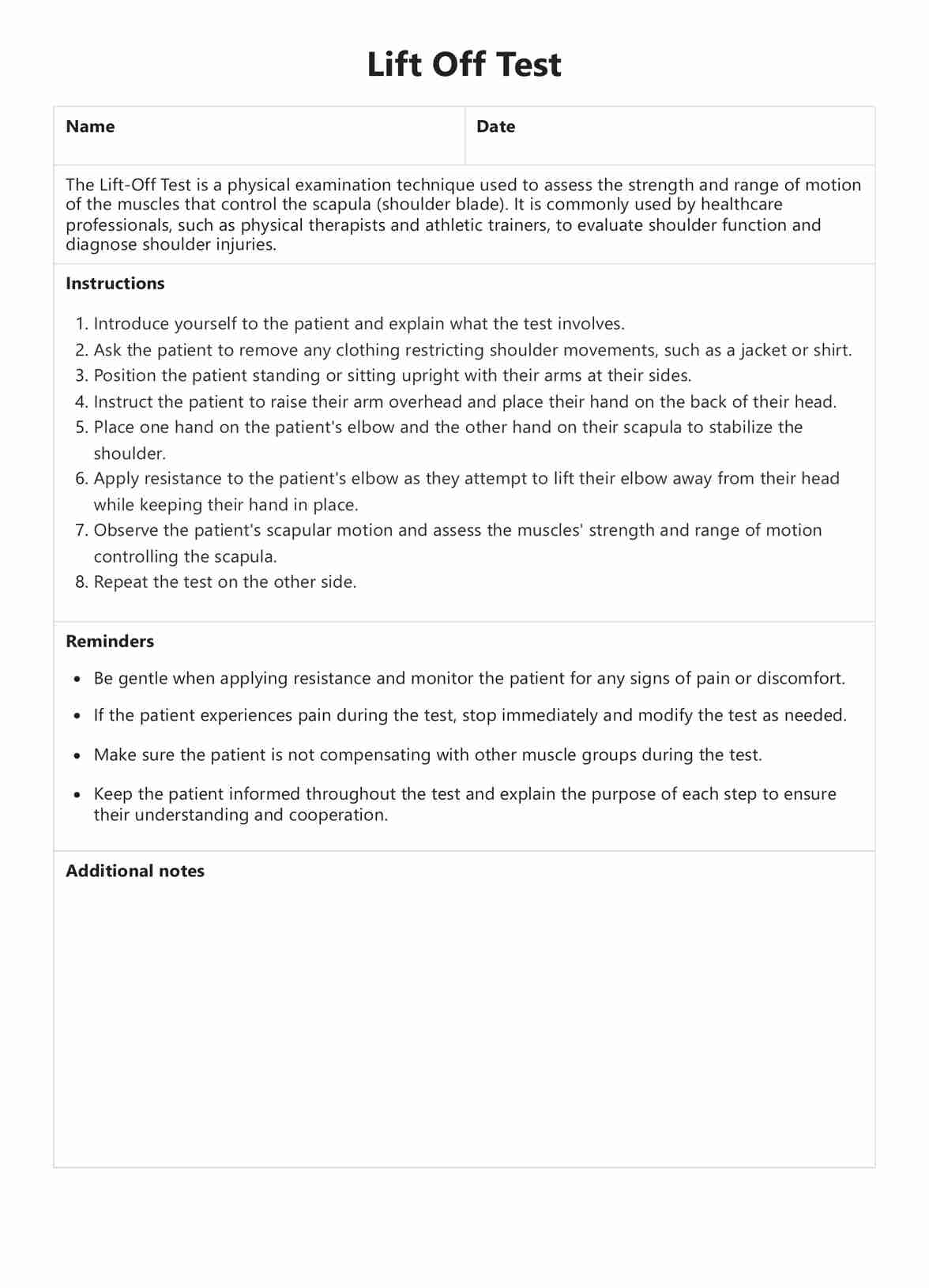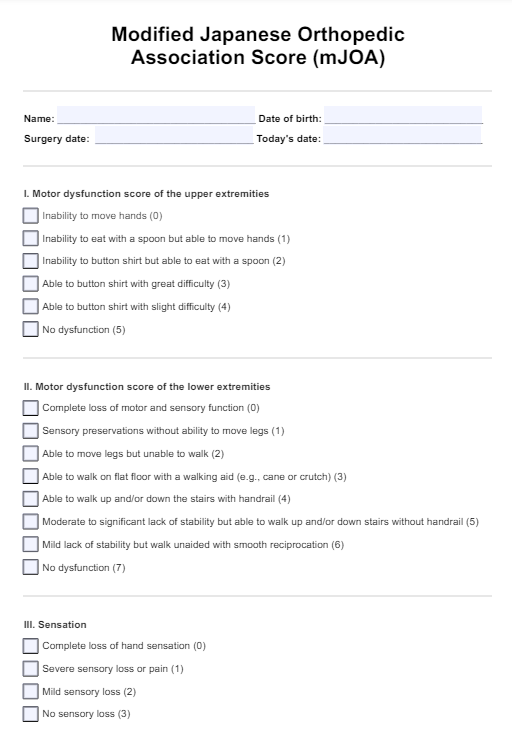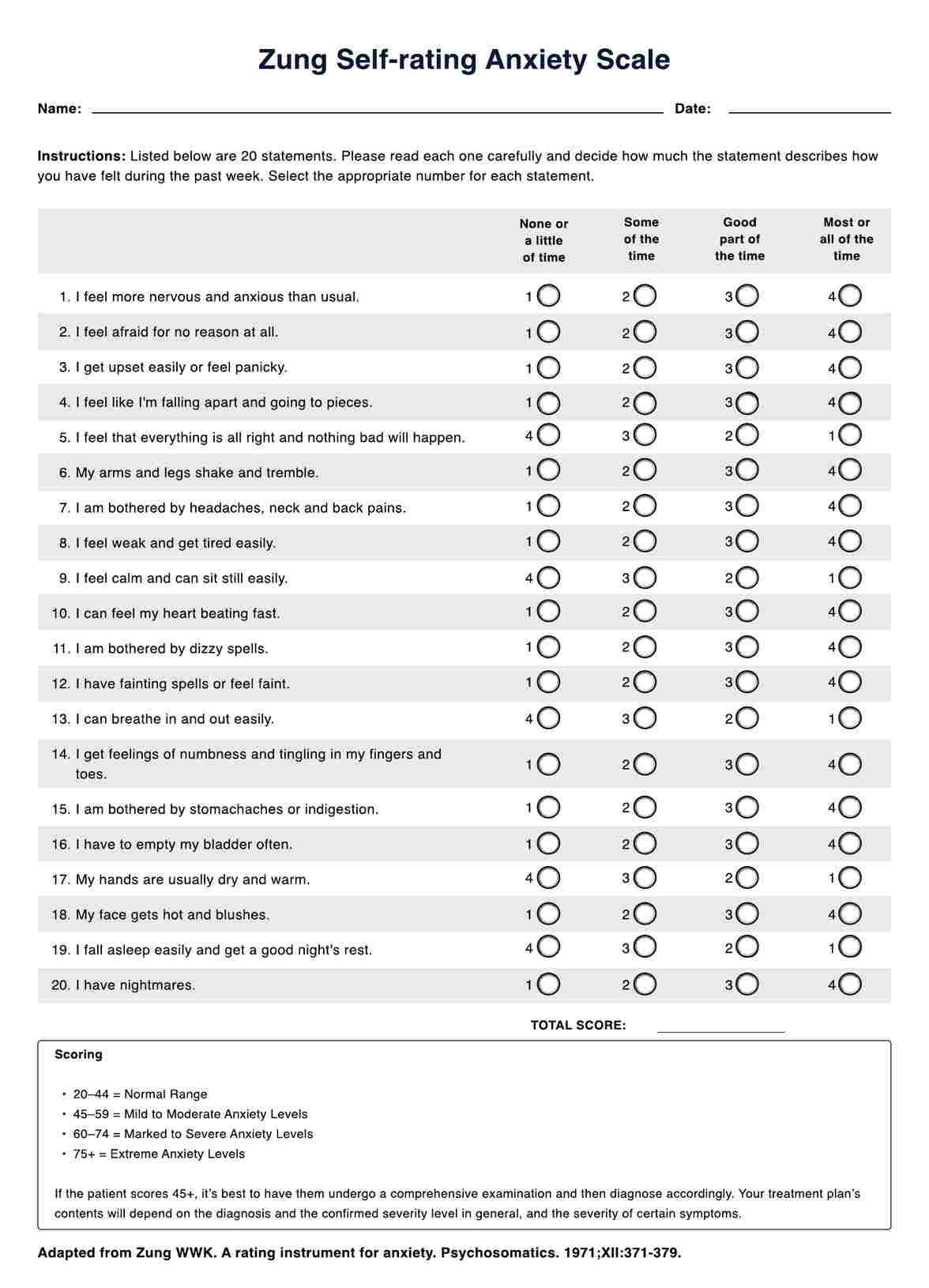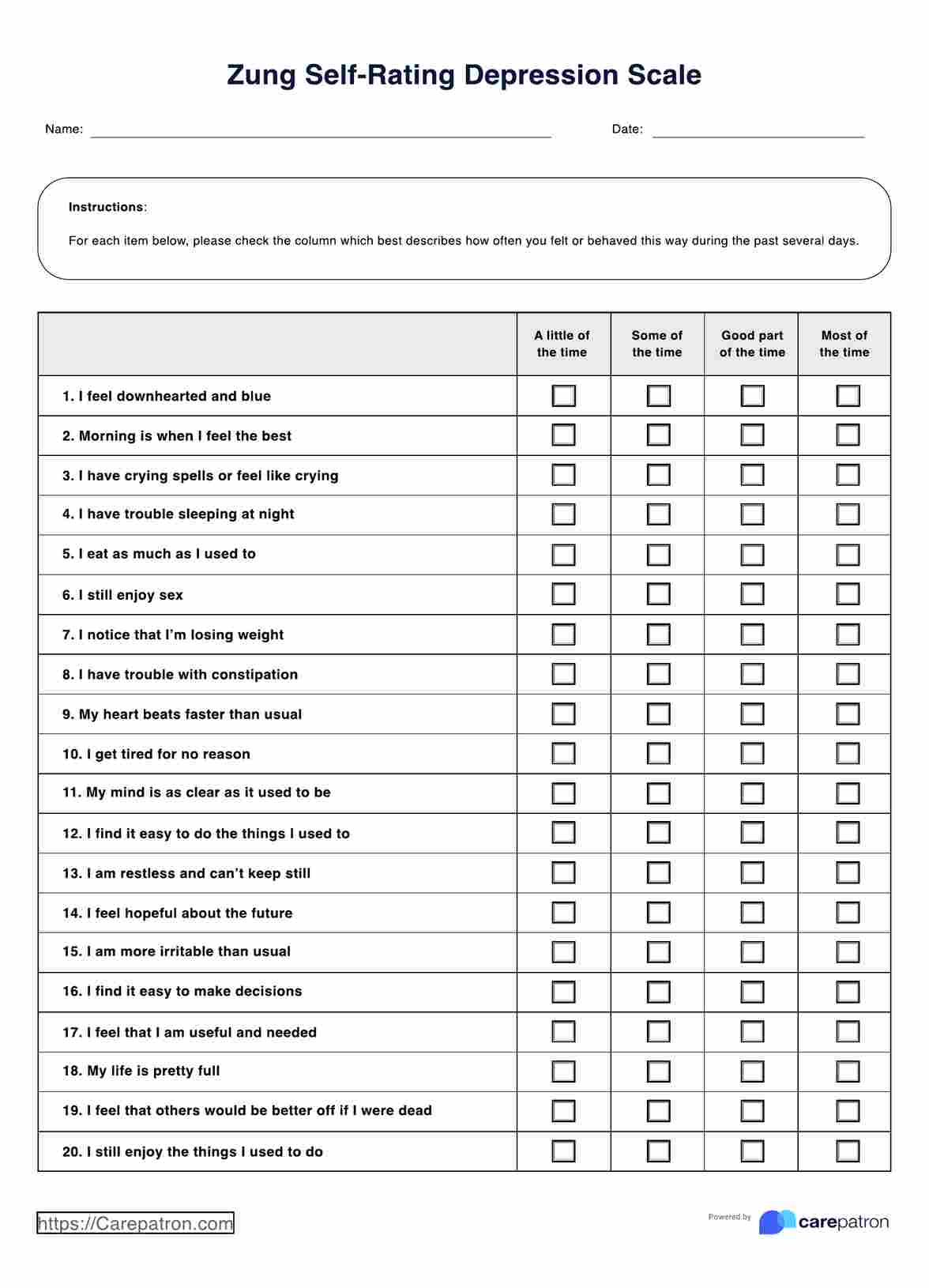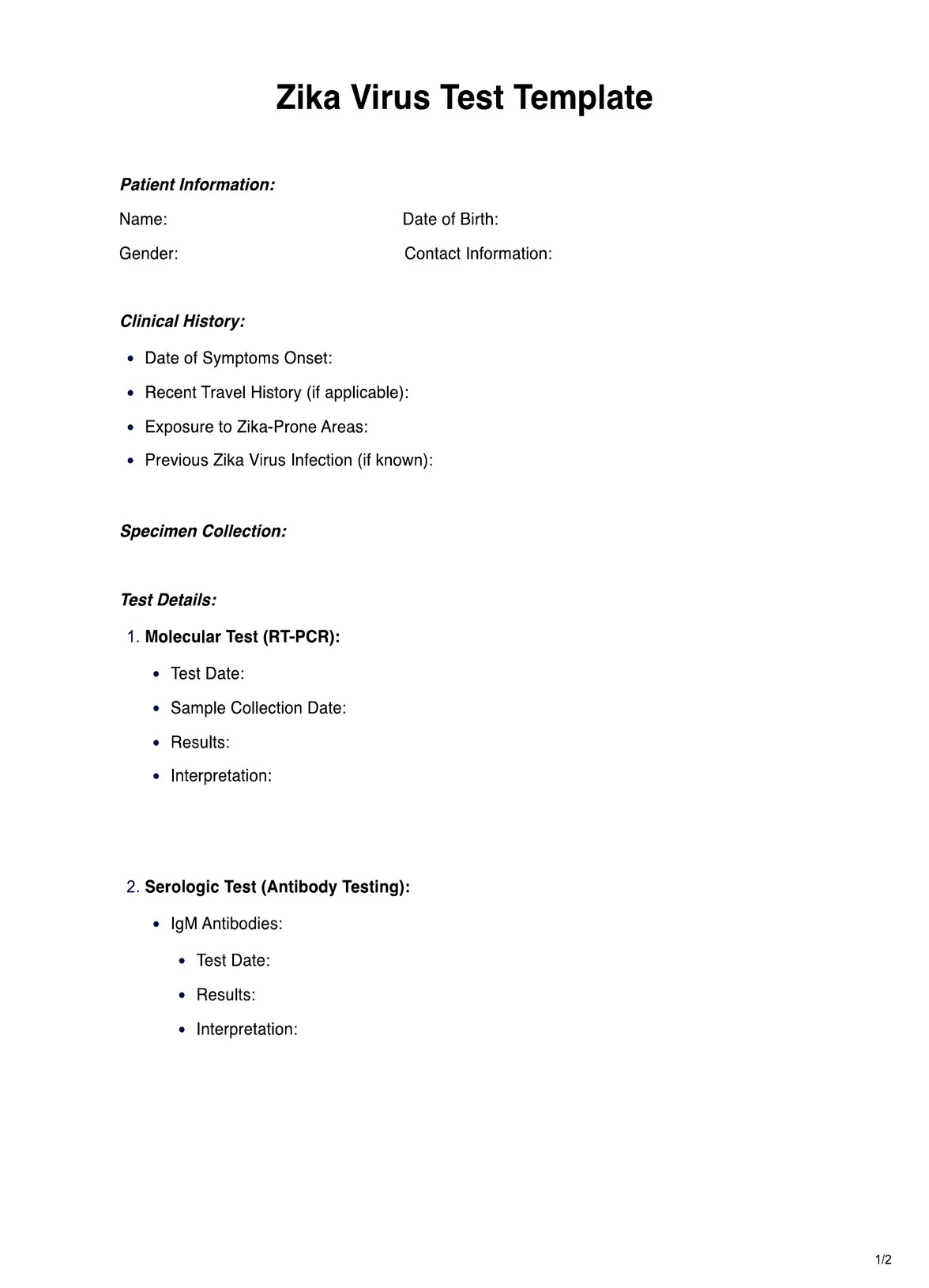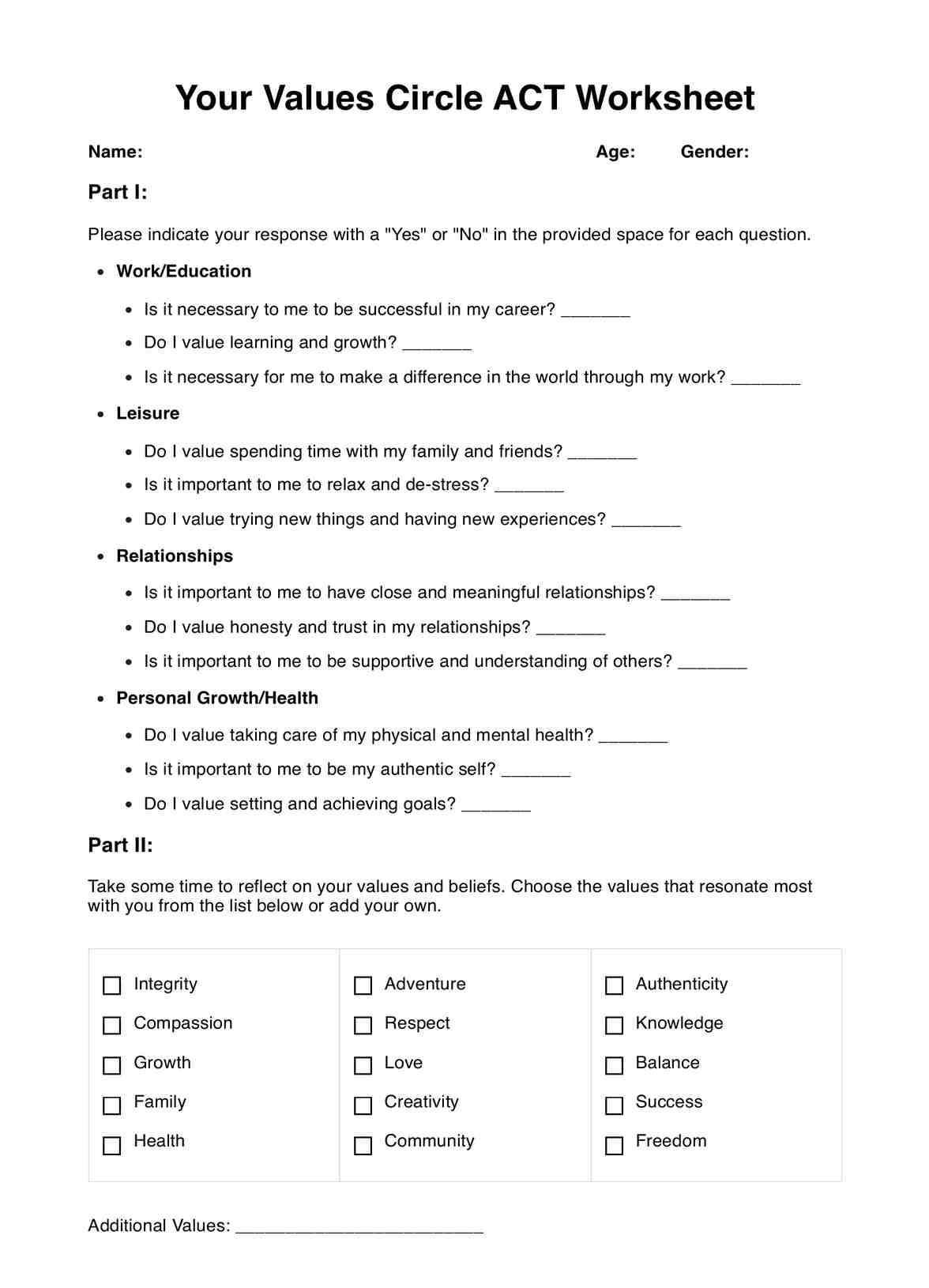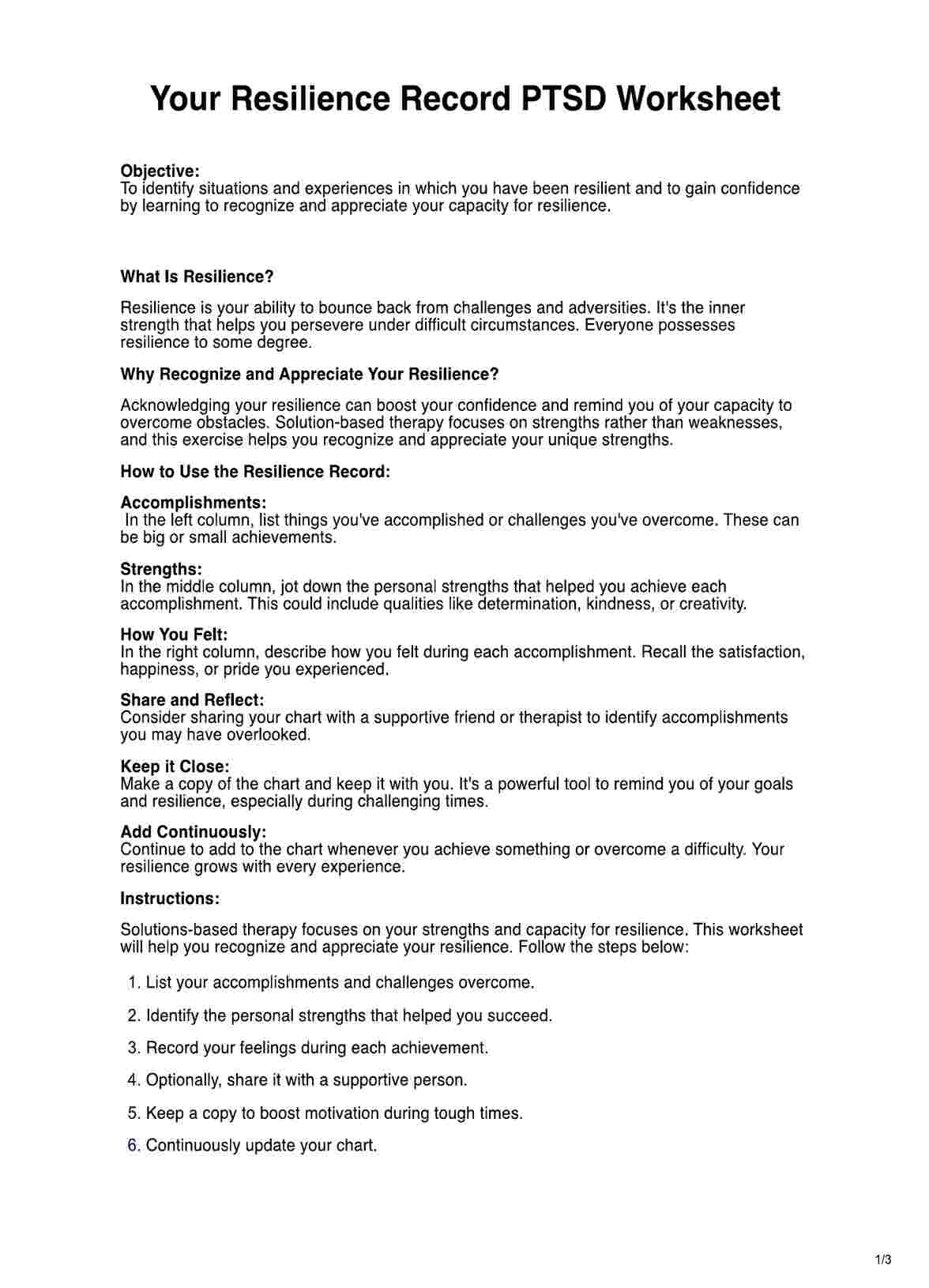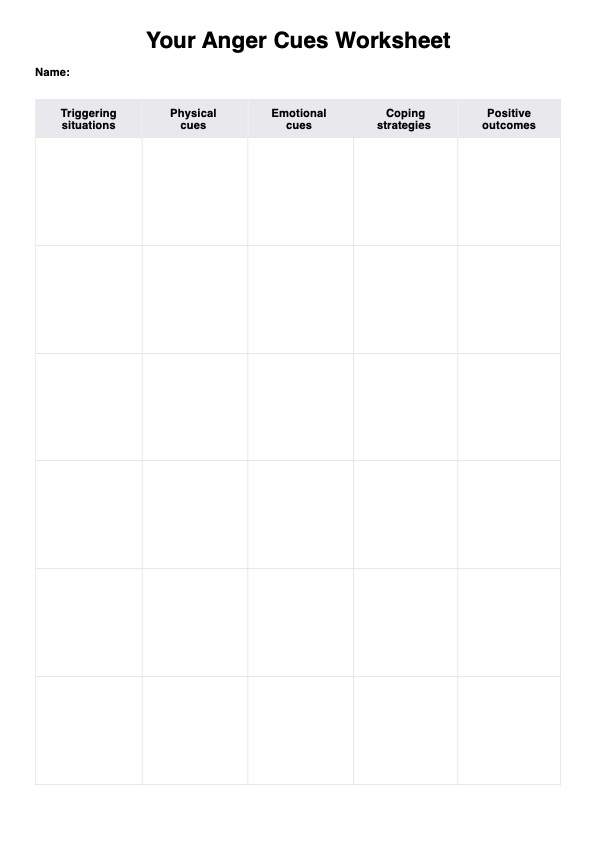Mental health professionals, including psychiatrists, psychologists, social workers, and counselors, often use the Stanley Brown Safety Plan to help clients manage their mental health.
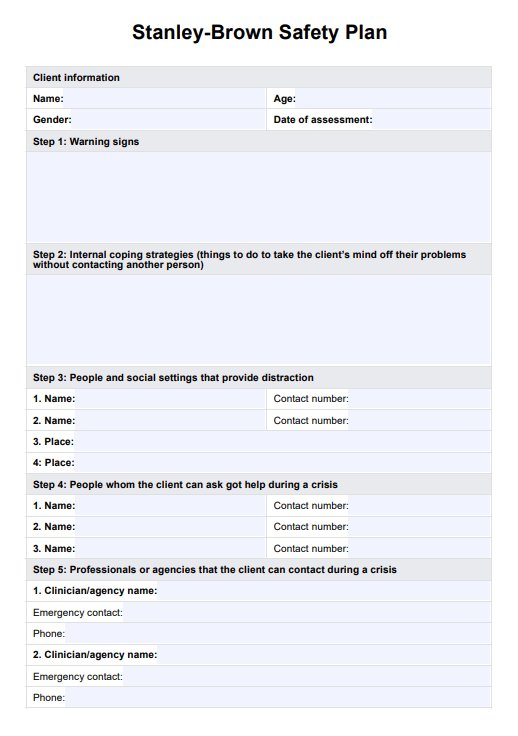
Stanley Brown Safety Plans
Get your client's intervention in place with the Stanley Brown Safety Plan. Download our free PDF template and example to get started.
Stanley Brown Safety Plans Template
Commonly asked questions
The Stanley Brown Safety Plan helps clients identify any triggers or warning signs that could lead to dangerous behavior, allowing them to develop strategies for managing them. It also provides resources for dealing with these issues, such as therapy, medication, and support groups.
The Stanley Brown Safety Plan can be used anytime to help clients manage their mental health. It is especially important for clients in crisis or with a history of dangerous behavior, as it provides a practical framework for addressing these issues.
EHR and practice management software
Get started for free
*No credit card required
Free
$0/usd
Unlimited clients
Telehealth
1GB of storage
Client portal text
Automated billing and online payments


